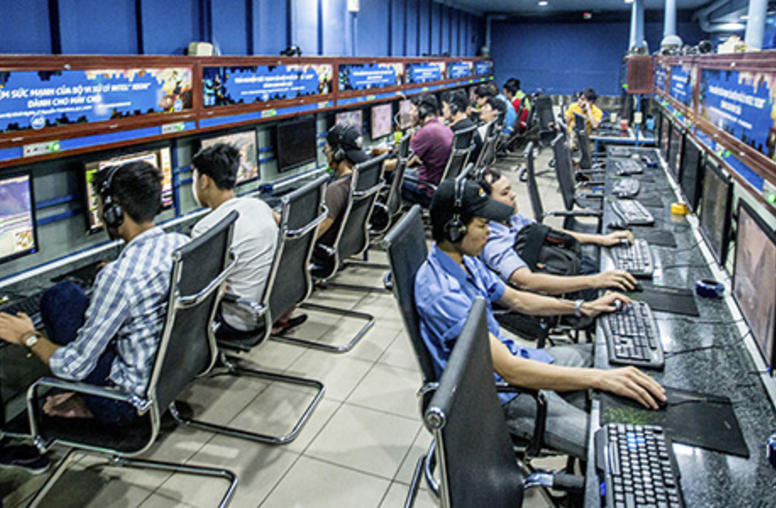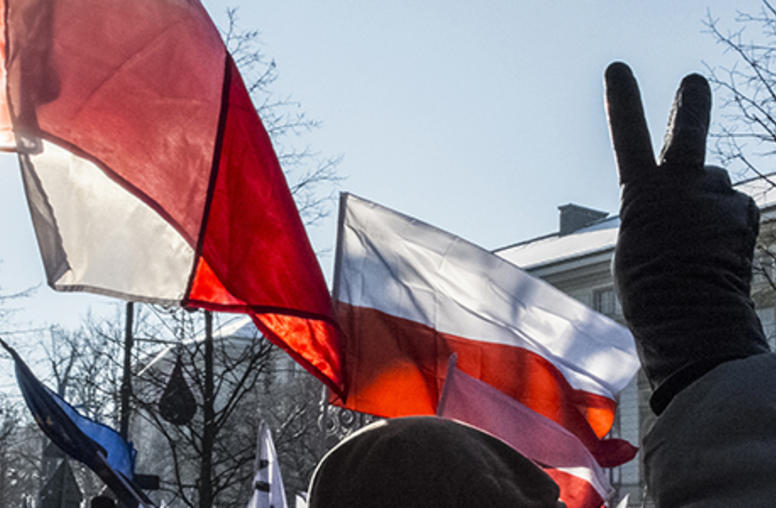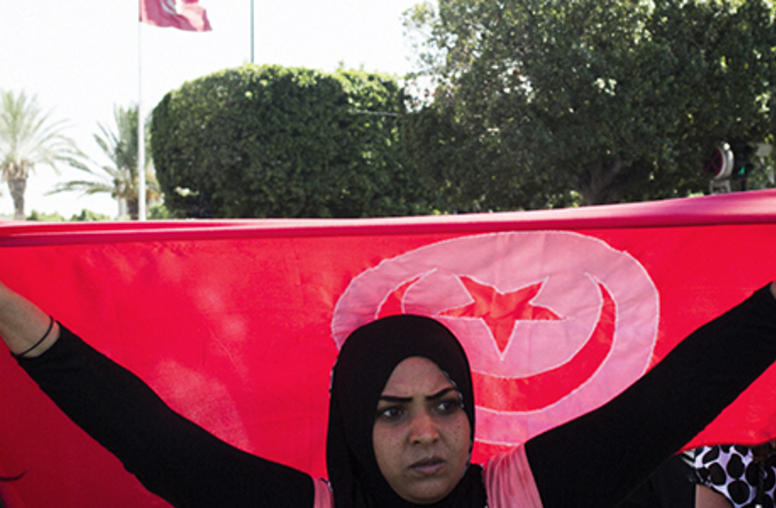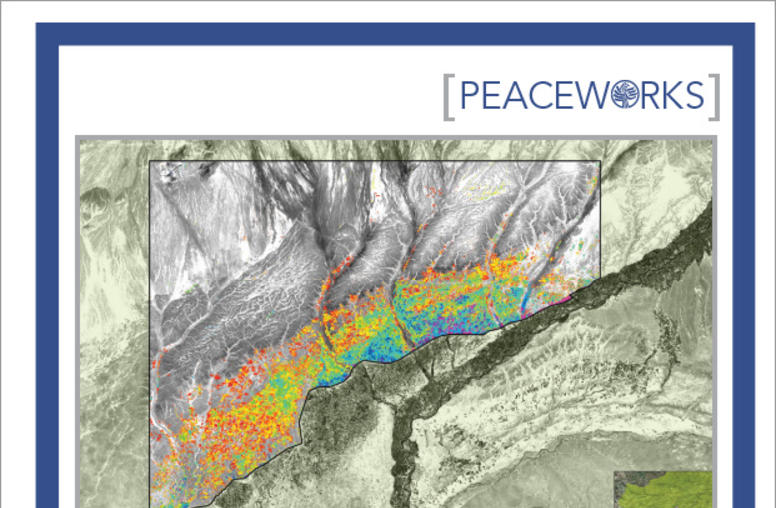Use and Abuse of Media in Vulnerable Societies
Across the globe, media have been used as tools to inflame grievances and accelerate the escalation towards violent conflict. In Rwanda, radio was used to lay the groundwork for genocide.
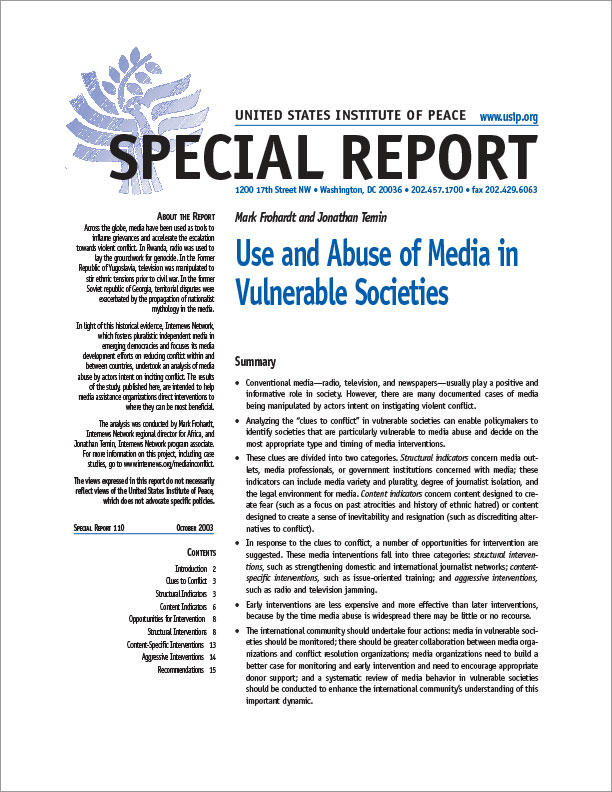
Summary
- Conventional media—radio, television, and newspapers—usually play a positive and informative role in society. However, there are many documented cases of media being manipulated by actors intent on instigating violent conflict.
- Analyzing the "clues to conflict" in vulnerable societies can enable policymakers to identify societies that are particularly vulnerable to media abuse and decide on the most appropriate type and timing of media interventions.
- These clues are divided into two categories. Structural indicators concern media outlets, media professionals, or government institutions concerned with media; these indicators can include media variety and plurality, degree of journalist isolation, and the legal environment for media. Content indicators concern content designed to create fear (such as a focus on past atrocities and history of ethnic hatred) or content designed to create a sense of inevitability and resignation (such as discrediting alternatives to conflict).
- In response to the clues to conflict, a number of opportunities for intervention are suggested. These media interventions fall into three categories: structural interventions, such as strengthening domestic and international journalist networks; content-specific interventions, such as issue-oriented training; and aggressive interventions, such as radio and television jamming.
- Early interventions are less expensive and more effective than later interventions, because by the time media abuse is widespread there may be little or no recourse.
- The international community should undertake four actions: media in vulnerable societies should be monitored; there should be greater collaboration between media organizations and conflict resolution organizations; media organizations need to build a better case for monitoring and early intervention and need to encourage appropriate donor support; and a systematic review of media behavior in vulnerable societies should be conducted to enhance the international community's understanding of this important dynamic.
About the Report
Across the globe, media have been used as tools to inflame grievances and accelerate the escalation towards violent conflict. In Rwanda, radio was used to lay the groundwork for genocide. In the Former Republic of Yugoslavia, television was manipulated to stir ethnic tensions prior to civil war. In the former Soviet republic of Georgia, territorial disputes were exacerbated by the propagation of nationalist mythology in the media.
In light of this historical evidence, Internews Network, which fosters pluralistic independent media in emerging democracies and focuses its media development efforts on reducing conflict within and between countries, undertook an analysis of media abuse by actors intent on inciting conflict. The results of the study, published here, are intended to help media assistance organizations direct interventions to where they can be most beneficial.
The analysis was conducted by Mark Frohardt, Internews Network regional director for Africa, and Jonathan Temin, Internews Network program associate. For more information on this project, including case studies, go to www.internews.org/mediainconflict.
The views expressed in this report do not necessarily reflect views of the United States Institute of Peace, which does not advocate specific policies.
